The violinist answers The Strad’s questions on America’s cornucopia of musical styles, evident in his upcoming album comprising works by composers ranging from Bernstein to Adams, to Coleridge-Taylor and Beach
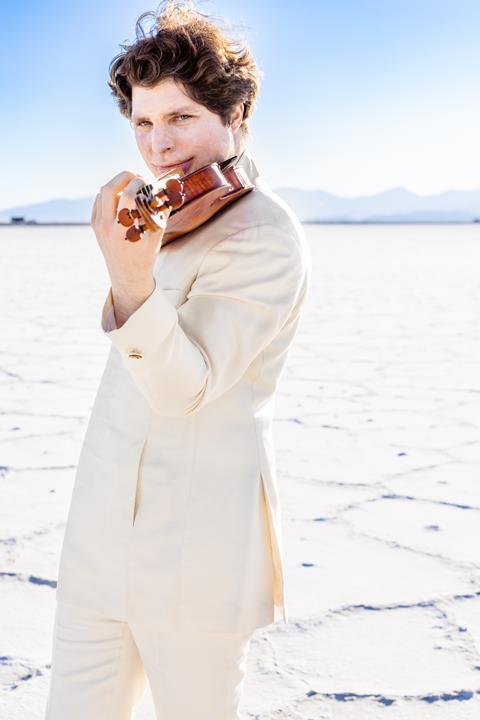
Discover more Featured Stories like this in The Strad Playing Hub
The album is called ‘American Road Trip’ - how are you taking listeners on a musical road trip through your repertoire choices? The term ‘American’ is so broad - what does this mean in terms of music, and in terms of the music you’ve chosen?
America is often described as a ’melting pot’ of cultures, and this is also true of American classical music and its cornucopia of styles. It’s a rich musical tapestry made up by romantics like Amy Beach, mavericks like Charles Ives, jazz- and folk-inspired composers like Bernstein, Eddie South and Coleridge-Taylor Perkinson, and minimalists like John Adams. Growing up in Italy and Germany, much of this music was unknown to me. I first came to America in 2004 and became a US citizen in 2014. As I traveled and performed around the country, I also explored and adopted musical languages and traditions which became part of my own. I am now part of its musical tapestry!
You can listen to it like a road trip through America, not only stylistic but also on the map, going from New England (Amy Beach, Charles Ives) down to New York City (Bernstein), to Louisiana (Perkinson), the frontier (Copland), the West Coast (John Adams and Stephen Hartke). Some of the pieces are wonderfully evocative — the feeling of driving along wide open roads of John Adams’s Road Movies, the summer heat and religious rapture of the slow movement of Ives’ sonata no. 4, the Rodeo madness of Copland’s Hoe-Down.
It is no surprise that in a country where so many cultures and worlds coexist alongside one another, there would be so many different musical traditions — so an American album is more diverse and varied than, say a French album, where I feel that all the composers were part of the same tradition.
I love the popular music traditions of the US, not only Jazz but also Country Fiddle music, which is ideally suited for the violin and almost unheard of in classical concert halls (I included an arrangement of my own of tune Wild Fiddler’s Rag)
As I traveled and performed around the US, I also explored and adopted musical languages and traditions which became part of my own. I am now part of its musical tapestry!
It wasn’t possible to present a complete overview of American violin music (pianist Orion Weiss and I could easily have filled three CDs with all the pieces we like and had to eliminate a lot of great pieces from the selection). A lot of these works aren’t even well known in North America, let alone elsewhere, which wasn’t really a conscious choice from the start, but more a result of how I fell in love with some of the rarer finds, and how I find some of the most-played American violin music (for example, Gershwin arrangements by Heifetz) to be less interesting.
That being said, there are also a number of short works on the album that are already quite popular, like Copland’s Hoe-Down, Estrellita, Banjo and Fiddle, a song from Bernstein’s West Side Story. I tried to find a balance between long and short works as well. And finally, it was essential to me to include only pieces that I love playing and that I am convinced should be mainstream violin repertoire.
How would you define a difference in ‘American’ and ‘European’ way of playing, if at all? Are there any examples of techniques or styles evident on the album that illustrate this?
I don’t think there are meaningful differences anymore in how the violin is played on the two sides of the pond. Everyone basically holds the violin and bow pretty much the same way now. Orchestras might have slightly different playing traditions or strengths, but I don’t think one can generalise anymore about an ’American sound’. In Germany they might write about my ’American sound’ while in America critics might write about my German sound. I think today it just comes down to individual players and how they are all very different from one another.
You could probably say that playing more American music unsurprisingly results in American violinists often being quite good at playing this repertoire. Bluegrass fiddle playing and other fiddle traditions (for example, Texas Contest Fiddilng) are unique folk music traditions, which are easier to absorb and get into when you are in America and can hear fiddlers play live— I suspect this is changing though, since you can listen to any performance you want on YouTube.
Can you tell us about a ‘gem’ of a piece on the album that surprised you, or might surprise listeners?
Given how little known most of it is, it is very hard for me to pick. I think Black Gypsy by the jazz violinist Eddie South can easily become one of the most played violin encore pieces in the repertoire if the music was widely available. And I completely fell in love with the solo violin works by Coleridge-Taylor Perkinson, which sound a bit like Ysaÿe, if Ysaÿe grew up with Blues music!
American Road Trip will be released on Warner Classics on 23 August.
Watch Augustin Hadelich and Orion Weiss perform Banjo and Fiddle by William Kroll:
Read: Violinist Augustin Hadelich: ‘Just let the music speak’
Read: ‘A kinder, more loving way to teach an instrument’: Violinist Augustin Hadelich on the Suzuki Method
Discover more Featured Stories like this in The Strad Playing Hub
The number one source for playing and teaching books, guides, CDs, calendars and back issues of the magazine.
In The Best of Technique you’ll discover the top playing tips of the world’s leading string players and teachers. It’s packed full of exercises for students, plus examples from the standard repertoire to show you how to integrate the technique into your playing.
The Strad’s Masterclass series brings together the finest string players with some of the greatest string works ever written. Always one of our most popular sections, Masterclass has been an invaluable aid to aspiring soloists, chamber musicians and string teachers since the 1990s.
American collector David L. Fulton amassed one of the 20th century’s finest collections of stringed instruments. This year’s calendar pays tribute to some of these priceless treasures, including Yehudi Menuhin’s celebrated ‘Lord Wilton’ Guarneri, the Carlo Bergonzi once played by Fritz Kreisler, and four instruments by Antonio Stradivari.



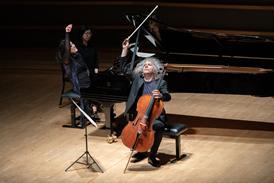

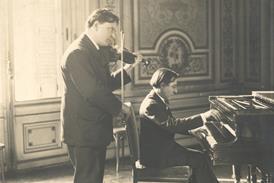
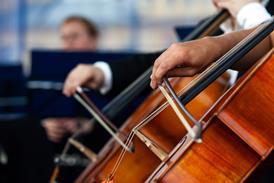

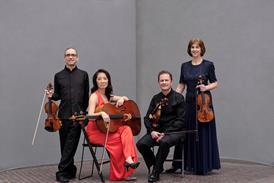





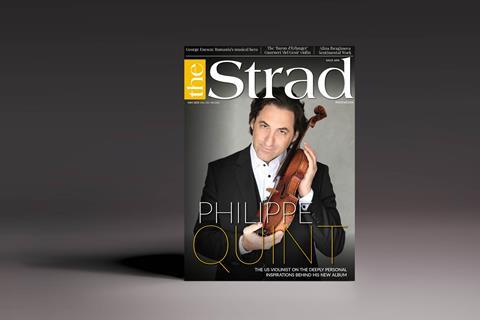




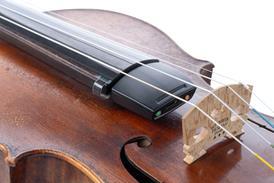
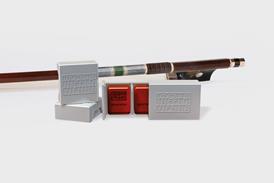
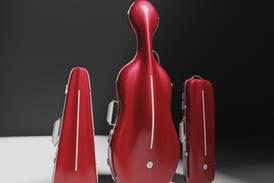















No comments yet